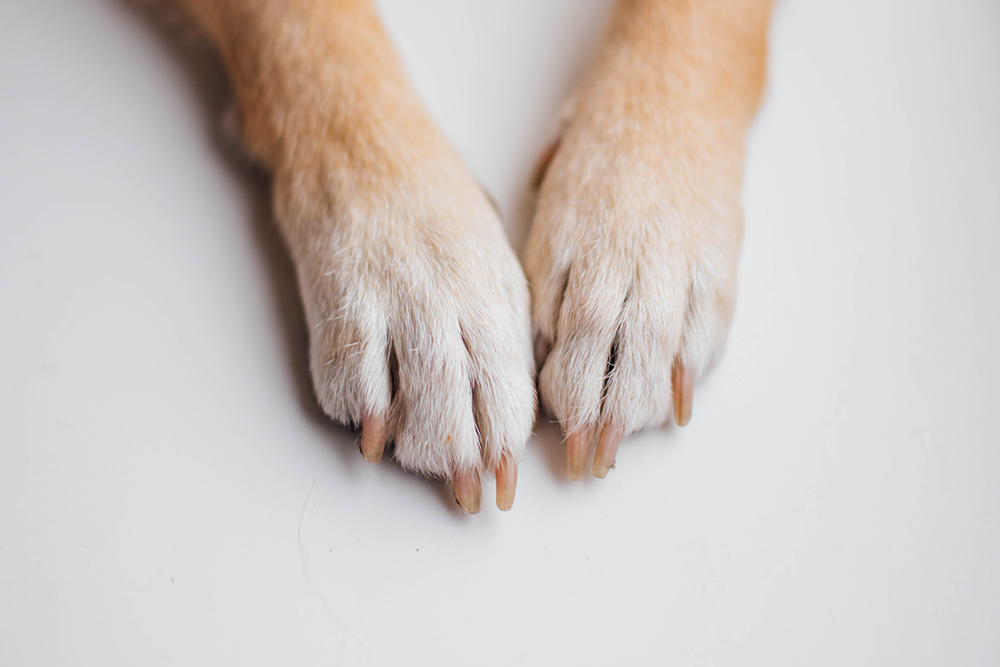For many of us, we are almost out of those cold, chilly, dark winter months! This post may come a bit late but it’s important to remember that our furry friends need extra care and attention during this time. One of the areas that require special attention is their paws. The harsh winter weather, especially in areas with heavy snowfall, can damage your dog’s paws and cause discomfort and even injuries. Therefore, in this post, we’ll discuss some tips on how to take care of your dog’s paws during the winter months.
Keep your dog’s paws dry
Snow and ice can quickly accumulate between your dog’s toes and cause irritation and discomfort. To prevent this, it’s important to wipe your dog’s paws dry every time they come inside from the outdoors. You can use a clean, dry towel to do this. If your dog has long hair, you may need to trim the hair around their paws to prevent ice and snow from getting stuck in their fur.
Use paw wax or balm
Paw wax or balm is an excellent way to protect your dog’s paws from the cold, dry air and the harsh chemicals used to melt ice on sidewalks and roads. These products create a protective barrier on your dog’s paws, preventing them from drying out and cracking. They also provide a layer of insulation, keeping your dog’s paws warm and comfortable. You can find paw wax or balm at your local pet store or online.
Invest in booties
Booties are another great way to protect your dog’s paws from the winter elements. They come in a variety of sizes and styles, and some even have insulation to keep your dog’s paws warm. It may take some time for your dog to get used to wearing booties, so it’s important to introduce them gradually and with positive reinforcement. Once your dog is comfortable wearing them, booties can provide excellent protection for their paws.
Avoid walking on salted sidewalks
Many cities use salt and other chemicals to melt ice on sidewalks and roads during the winter months. While these chemicals are effective at preventing slips and falls, they can be harmful to your dog’s paws. Salt can cause irritation, dryness, and even chemical burns. To protect your dog’s paws, try to avoid walking on salted sidewalks and roads. If you must walk on salted surfaces, be sure to wipe your dog’s paws thoroughly and apply paw wax or balm after your walk.
Trim your dog’s nails
Long nails can make it difficult for your dog to walk on slippery surfaces, such as ice and snow. They can also snag on ice and cause injuries. To prevent this, be sure to keep your dog’s nails trimmed during the winter months. If you’re not comfortable trimming your dog’s nails yourself, you can take them to a professional groomer or veterinarian.
Monitor your dog’s paws for injuries
Winter conditions can be tough on your dog’s paws, and injuries can occur despite your best efforts to protect them. It’s important to monitor your dog’s paws regularly for signs of injury, such as cuts, bruises, or bleeding. If you notice any of these signs, contact your veterinarian immediately. They can assess the injury and provide treatment as necessary.
Provide a warm, comfortable place for your dog to rest
Finally, it’s important to provide your dog with a warm, comfortable place to rest during the winter months. This can be a cozy bed in a warm room, or even a heated dog bed. A warm, comfortable resting place can help your dog stay comfortable and prevent them from developing paw injuries from excessive cold.







Leave a Reply